#Discodorididae
Text
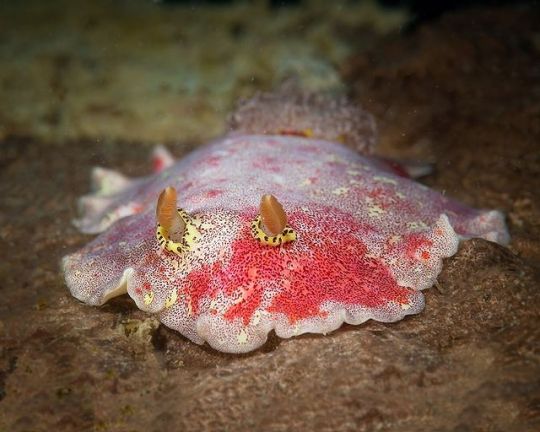

Platydoris formosa
#Platydoris formosa#sea slug#nudibranch#Gastropoda#Heterobranchia#Nudibranchia#Doridina#Doridoidea#Discodorididae#Platydoris#upl
23 notes
·
View notes
Text
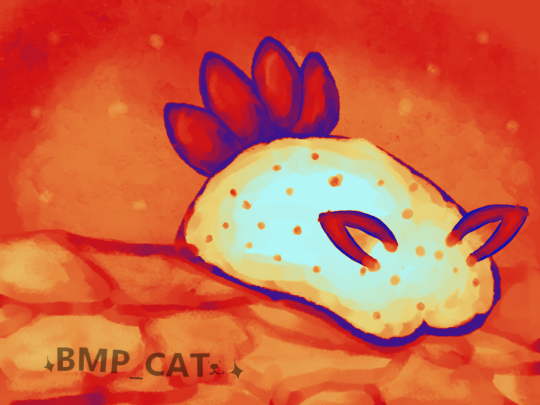
I live in a terrible state not of mind or condition but Ohio
5 notes
·
View notes
Text
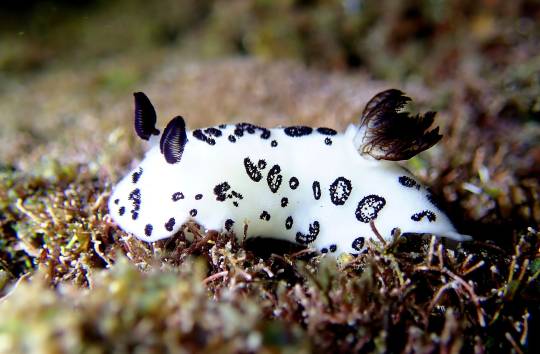
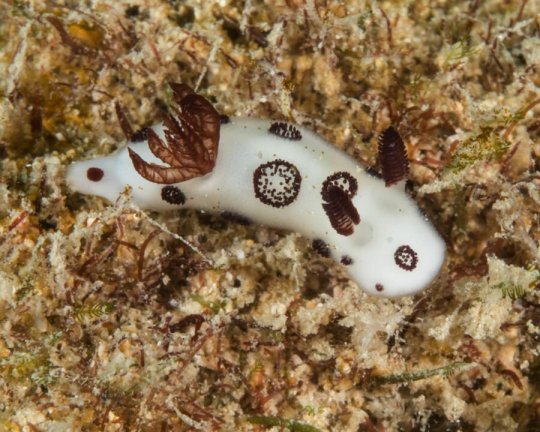
Jorunna funebris, also known as the dotted nudibranch, is a species of sea slug's, particularly one of the multiple species known as sea bunnies. It is a gastropod mollusc in the family Discodorididae.
────────────────────────────────────────────
⇾ Follow my page for more epic, silly and boomblu content; share so I can grow if you wish, and come visit my other socials at my Linktree [Just click the word Linktree, it's hyperlinked :)]. ⇽
Check out the rest of my posts too!!! A lot of them are underrated. ;o Like everything you find interesting if you want. :3
Remember, you can find all of my socials here (click the word [here], it's hyperlinked (。◕‿‿◕。) For the plain link; here it is: https://lynkfire.com/Gliphel&Glyph%20LLC%20Incorperated
Also; if you prefer Linktree, it's here.
#sea bunny#sea slug#sea life#sea animals#sea creatures#sea#ocean#ocean life#oceancore#underwater#nudibranch#marine#marine biology#marine life#fish#aquatic
423 notes
·
View notes
Note
Trick or treat :3
You got a trick! I'm assigning you with an animal you remind me of
Jorunna parva, commonly known as the sea bunny, is a species of dorid nudibranch, a shell-less marine gastropod mollusc in the family Discodorididae. The species was first described by Kikutaro Baba. Its resemblance to a rabbit facilitated a surge in popularity on Twitter throughout Japan in 2015.
Fun facts!
- Sea bunnies usually only grow to be a few centimeters big, 2.5 cm.
- The fur-like rods on their body are sensory tubercle called caryophyllidia. And the ear/antenna-like protuberances called rhinophores help to detect chemicals in the water.

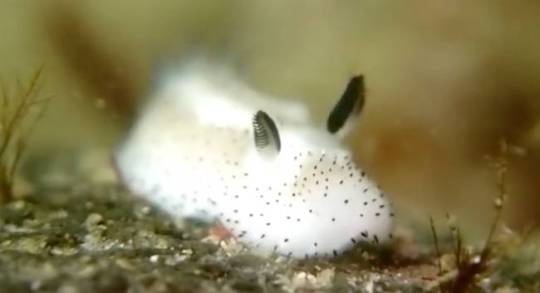
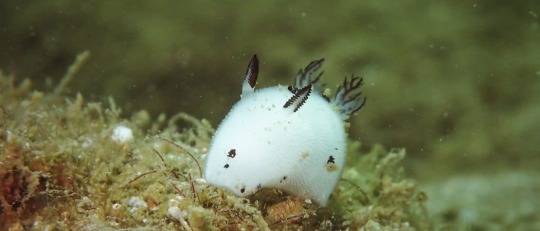
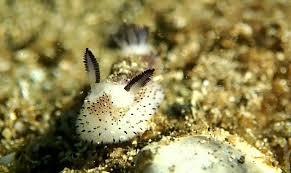
Sources: Wikipedia & National Geopgraphic
3 notes
·
View notes
Text
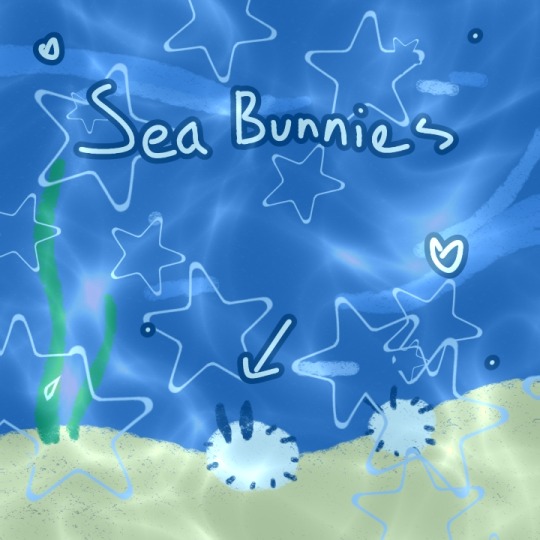
Day 2 of drawing random sea creatures
Today's sea creature is.. Sea bunnies!
Sea bunny is a species of dorid nudibranch, a shell-less marine gastropod mollusc in the family Discodorididae
(Sorry I didn't post yesterday, I was having a trip)
0 notes
Text
Macro Monday: Nudibranch - Halgerda Batangas
Nudibranchs are one of my favorite creatures underwater. This is a Halgerda batangas. #nudibranch #sea #slug #wildlife #nature #macro #monday
Nudibranchs are one my favorite creatures to shoot underwater. I find their shape, size and color patterns quite unique. There are over 3,000 species of Nudibranchs.
The Halgerda batangas is a species of sea slug, a dorid nudibranch, a shell-less marine gastropod mollusk in the family Discodorididae.
This image was captured in the Philippines with a Sealife DC2000 underwater camera.

View On WordPress
2 notes
·
View notes
Text
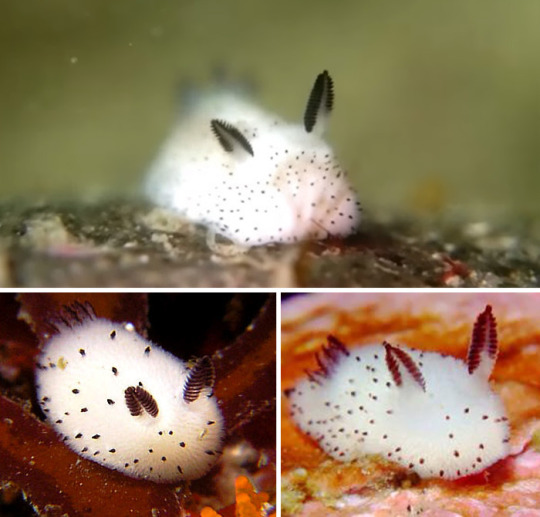
Jorunna parva, popularly known as "sea bunny", is a species of sea slug, a dorid nudibranch, a shell-less marine gastropodmollusc in the family Discodorididae.
192 notes
·
View notes
Photo
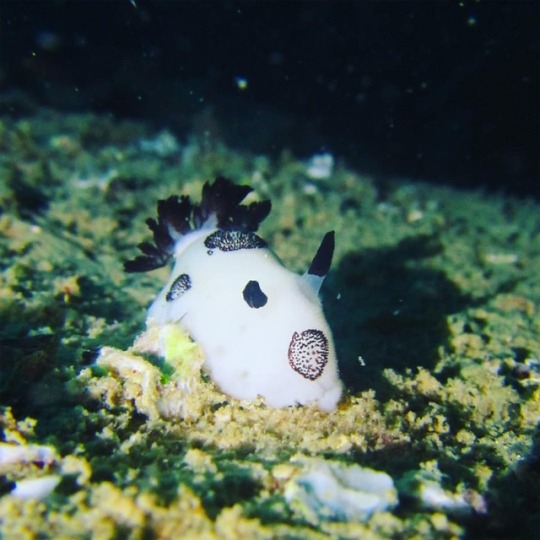
Today my eyes and this Funeral Jorunna are quite alike 🐼 #funeraljorunna #doridnudibranch #discodorididae #blackandwhite #熊猫海兔 #scubadiving #tioman #jorunnafunebris #CanonD30 #rhinophores (at Labas Dive Site, Tioman Island)
#doridnudibranch#scubadiving#tioman#funeraljorunna#jorunnafunebris#canond30#熊猫海兔#discodorididae#rhinophores#blackandwhite
0 notes
Photo
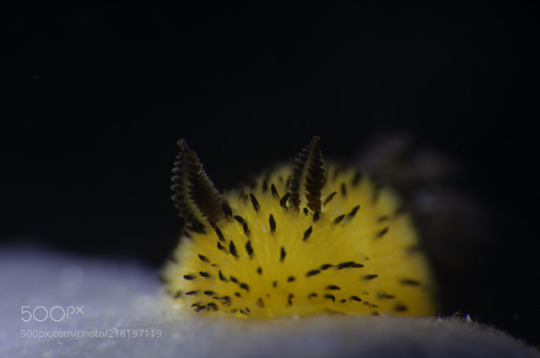
Orange Jorunna Parva by cherylgoh This is a Jorunna parva, a species of sea slug, a dorid nudibranch, a shell-less marine gastropod mollusc in the family Discodorididae. The resemblance of Jorunna parva's rhinophores to bunny ears and its other features facilitated a surge in popularity on Twitter throughout Japan in 2015. They look furry but what you are looking at is not fur. They are groups of small rods known as caryophyllidia, which cover its back. They’re arranged around small black knobs that give it a spotted look. Most experts believe these organs play sensory roles. Predators stay away from these cute little slugs because they are incredibly toxic. The sea bunny slug belongs to a group of sea slugs called dorid nudibranchs, which steal toxic defenses from its food. Sea bunny slugs will often eat sponges, which contain toxins; some of these toxins are used in cancer treatments. Sea slugs also have the ability to steal the stingers out of jellyfish and use them against predators.
278 notes
·
View notes
Text
Say hello to the Adorable “Sea Bunnies!”
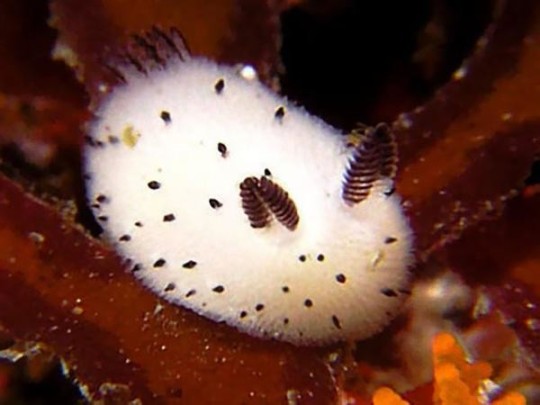
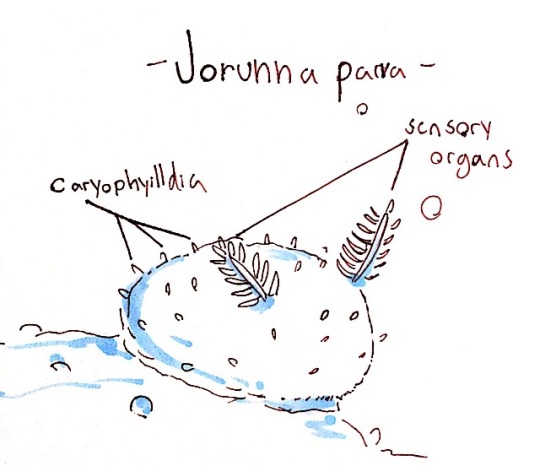
My drawing of the Jorunna Parva
These adorable little “sea bunnies” are actually sea slugs scientifically called the Jorunna parva.
Scientific Name:
Jorunna parva.
Taxonomic classification:
Kingdom: Animalia
Phylum: Mollusca
Class: Gastropoda
Order: Nudibranchia
Family: Discodorididae
Genus: Jorunna
Nutritional requirement:
Like all sea slugs in the the Jorunna parva’s group the Jorunna parva eats sponges in the sea. The “sea bunnie” also takes it’s toxins from it’s food.
Growth and development:
Like other sea slugs “sea bunnies” grow from eggs and have a short lifespan of about a year.
Behavior:
Jorunna parva spends most of it’s time eating sea sponge and looking for a mate using its “ears” which are the two sensory organs. The spines on it’s back are also likely sensory organs.
Reproduction:
“Sea bunnies” have both male and female reproductive organs and both partners can exchange sperm when mating.
Evolutionary Origins:
The Jorunna parva is one of the many variations of the Discodorididae that have evolved from earlier types of Discodorididae.
Habitat:
“Sea bunnies” are found in the Indian-Pacific Ocean but are mainly found around Japan.
Extra facts about the cute “sea bunnies”:
Recently “sea bunnies” have rose in popularity because of their cuteness being talked about on Japanese social media.
“Sea Bunnies” are less than an inch long.
The “sea bunnies” are very toxic so don’t try touching or eating them.
Sources
http://news.nationalgeographic.com/2015/07/150723-sea-slug-nudibranch-sea-bunny-ocean-animals-science/
http://www.seaslugforum.net/find/aplyocdev
http://www.marinespecies.org/aphia.php?p=taxdetails&id=534396
https://www.khanacademy.org/partner-content/cas-biodiversity/biodiversity-levels/biodiversity-tree-of-life/a/sea-slug-evolution-and-conservation-whats-the-link
image: https://www.google.com/url?sa=i&rct=j&q=&esrc=s&source=images&cd=&cad=rja&uact=8&ved=0ahUKEwi39vu1uYnWAhUCeCYKHf2RCKcQjRwIBw&url=http%3A%2F%2Fwww.viralnova.com%2Fsea-bunnies%2F&psig=AFQjCNHA3Kz5wTF9WzxVi8tNCPSDiOqpHg&ust=1504542955136383
3 notes
·
View notes
Text
*Conejo marino
Jorunna parva
Es una especie de babosa marina, un nudibranquio dorido, un molusco de gasterópodos marinos sin cáscara en la familia Discodorididae. La especie fue descrita por primera vez por Kikutaro Baba. El parecido de los rinóforos de Jorunna parva con las orejas de conejo y sus otras características facilitó un aumento de la popularidad en Twitter en todo Japón en 2015.
Distribución
Esta…
View On WordPress
0 notes